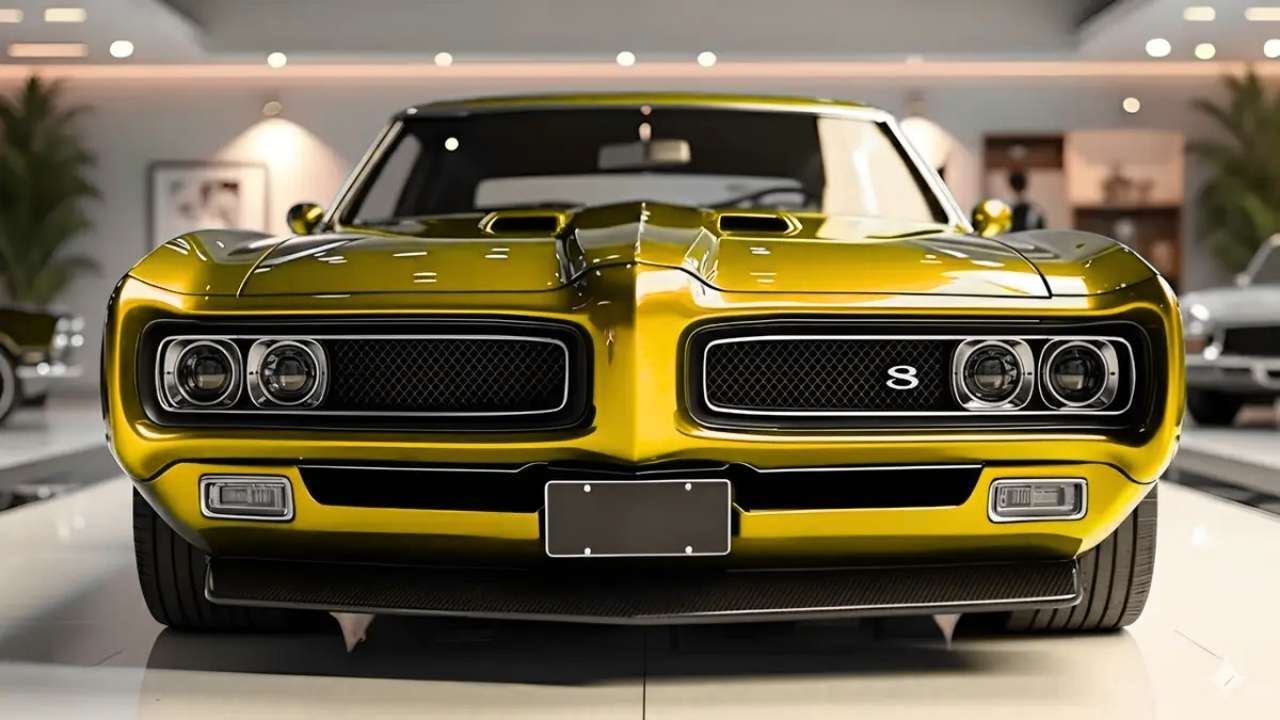The 2026 Cadillac Le Mans is Cadillac’s most ambitious racing machine to date, built specifically to compete in the world’s most grueling endurance races. It represents a fusion of American engineering and motorsport innovation, designed to push the boundaries of speed, efficiency, and durability. With its hybrid powertrain and aerodynamic design, the car is not just a contender—it’s a symbol of Cadillac’s commitment to performance and sustainability.
This vehicle is part of Cadillac’s V-Series.R program, which has evolved from its previous DPi-V.R platform. The Le Mans edition is built on a carbon fiber monocoque chassis and features a sleek, low-slung body that slices through air with minimal resistance. Every element of the car, from its suspension to its braking system, is optimized for endurance racing, where consistency and reliability matter as much as outright speed.
When Did Cadillac Begin Developing the Le Mans Hybrid Racer
Cadillac’s journey toward the 2026 Le Mans hybrid racer began shortly after its successful campaigns in IMSA and WEC with the V-Series.R. The brand saw an opportunity to elevate its racing presence by embracing hybrid technology, which was becoming a standard in top-tier motorsport. Development kicked off in late 2023, with a focus on integrating electric propulsion without compromising the raw power of its internal combustion engine.
By mid-2025, the car had undergone extensive testing across multiple circuits, including simulated 24-hour runs to ensure it could withstand the rigors of endurance racing. The final version was unveiled ahead of the 2026 racing season, with Cadillac announcing its intent to compete in the 24 Hours of Le Mans and other major endurance events. The timing aligns with a broader industry shift toward electrification, making Cadillac’s entry both timely and forward-thinking.
How Does the Hybrid Powertrain Deliver Performance and Efficiency
At the heart of the 2026 Cadillac Le Mans is a hybrid powertrain that combines a naturally aspirated 5.5-liter V8 engine with a rear-mounted 50 kW electric motor. This setup delivers a total output of approximately 680 horsepower, allowing the car to accelerate with authority while maintaining fuel efficiency over long distances. The electric motor, supplied by Bosch, assists during acceleration and regenerative braking, reducing strain on the combustion engine.
The transmission is a seven-speed sequential manual developed by Xtrac, engineered for rapid gear changes and durability under extreme conditions. The hybrid system is tuned to deliver consistent power throughout the race, with energy recovery systems that recharge the battery during braking. This not only improves lap times but also reduces pit stop frequency, giving Cadillac a strategic edge in endurance formats.
What is the Role of Aerodynamics and Chassis Design in Racing Success
Aerodynamics play a crucial role in the performance of the 2026 Cadillac Le Mans. The car’s body is sculpted to minimize drag while maximizing downforce, ensuring stability at high speeds and through corners. The front splitter, rear diffuser, and adjustable wing work together to keep the car planted, even during aggressive maneuvers.
The chassis is based on an LMP2-spec Dallara carbon fiber monocoque, offering a lightweight yet rigid structure that enhances handling and safety. Suspension components are tuned for endurance, with adjustable dampers and reinforced control arms that withstand the stresses of continuous racing. The braking system features Brembo carbon discs and six-piston calipers, providing reliable stopping power lap after lap.
How Has Cadillac Prepared for Endurance Racing Challenges
Endurance racing is as much about preparation as it is about performance. Cadillac has partnered with top racing teams like Chip Ganassi Racing and Action Express Racing to ensure the car is supported by experienced crews. These teams bring expertise in strategy, pit stop execution, and vehicle setup, all of which are critical in races that last 12 to 24 hours.
The car has been tested under simulated race conditions, including night driving, variable weather, and driver changes. Cadillac has also invested in telemetry systems that provide real-time data on tire wear, fuel consumption, and engine performance. This allows engineers to make informed decisions during the race, optimizing performance and minimizing risks.
When Will the 2026 Cadillac Le Mans Make Its Competitive Debut
The 2026 Cadillac Le Mans is scheduled to make its competitive debut at the 24 Hours of Daytona, followed by entries in the World Endurance Championship and the iconic 24 Hours of Le Mans. These events are the ultimate test of a race car’s capabilities, and Cadillac aims to not just participate but contend for podium finishes.
The racing calendar includes stops at legendary circuits like Spa-Francorchamps, Sebring, and Fuji Speedway, each presenting unique challenges. Cadillac’s goal is to demonstrate that hybrid technology can deliver both speed and reliability, reshaping perceptions of American performance in global motorsport.
What is the Broader Impact of Cadillac’s Hybrid Racing Strategy
Cadillac’s push into hybrid endurance racing reflects a broader shift in automotive performance. By embracing electrification in a competitive context, the brand is signaling its commitment to innovation and sustainability. Lessons learned on the track will likely influence future production models, especially in the V-Series lineup.
The 2026 Le Mans racer is more than a car—it’s a platform for testing new technologies, materials, and engineering approaches. It represents a fusion of tradition and progress, where the roar of a V8 meets the quiet efficiency of electric power. For fans and engineers alike, it’s a glimpse into the future of racing and road performance.



